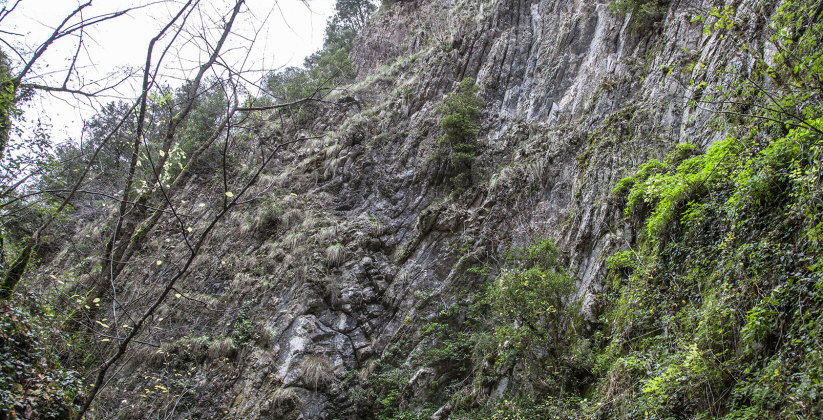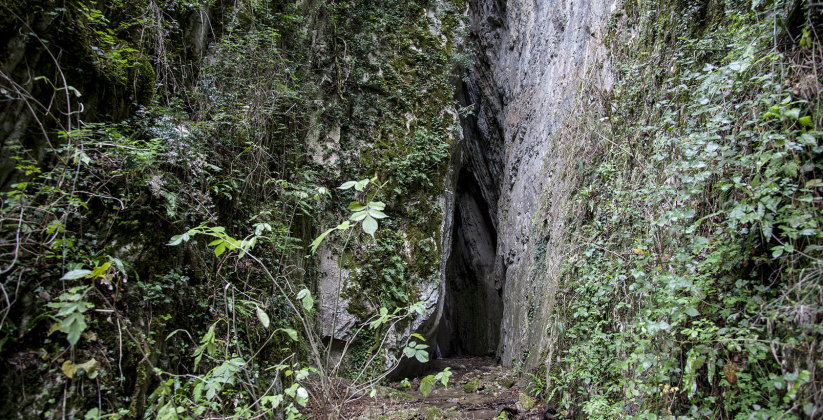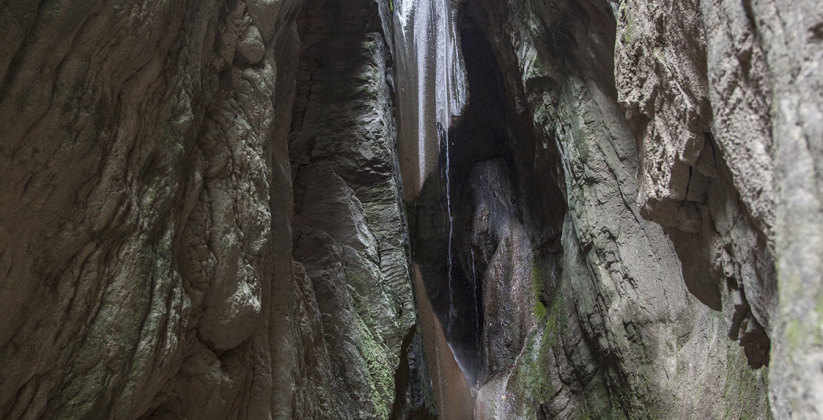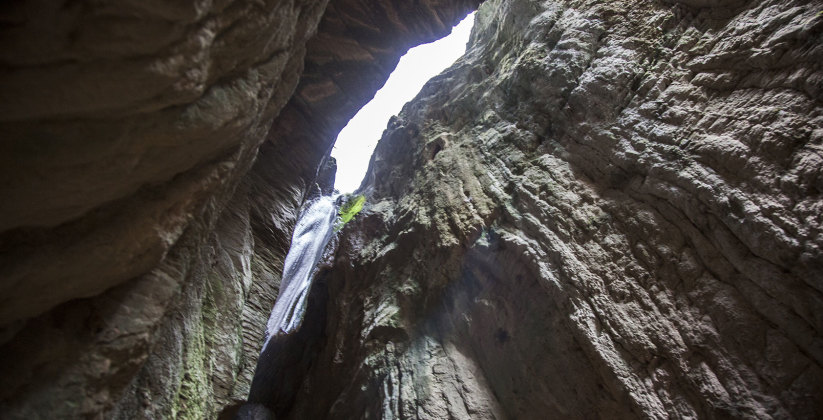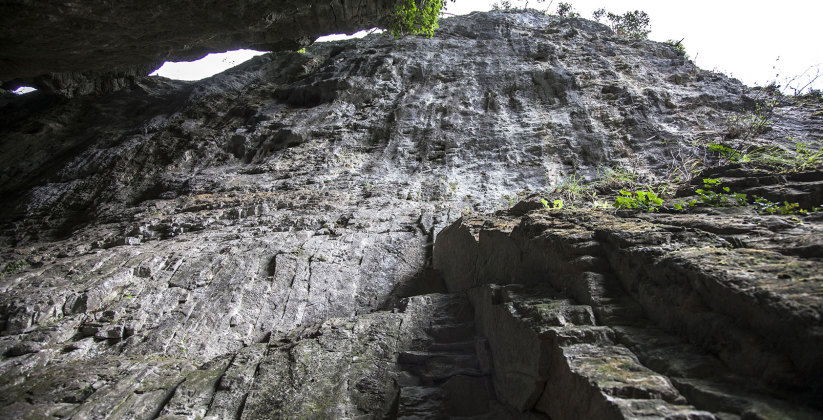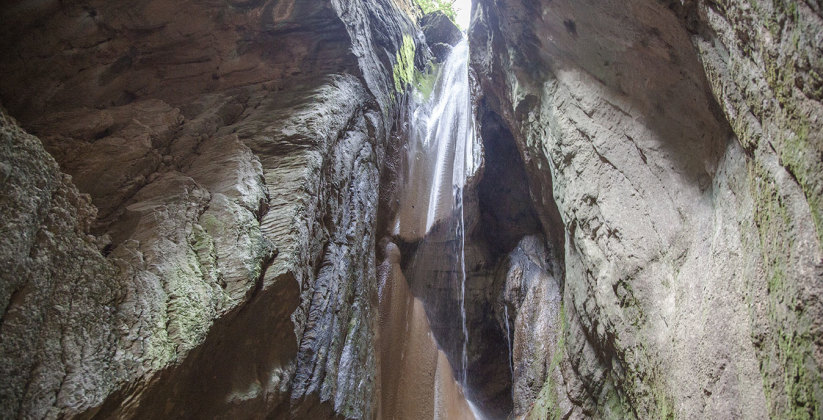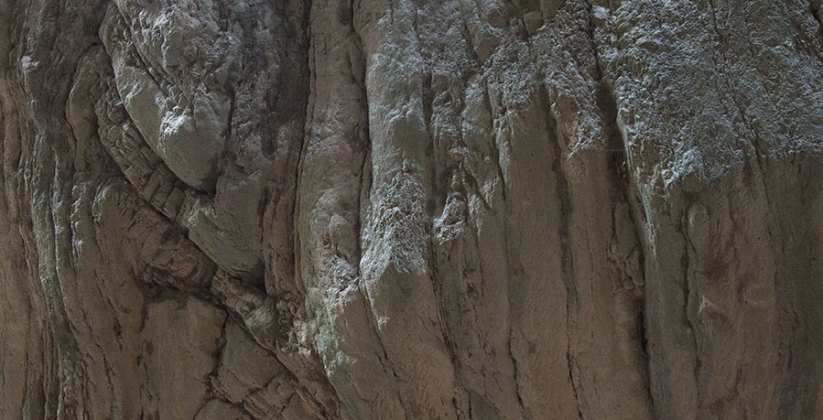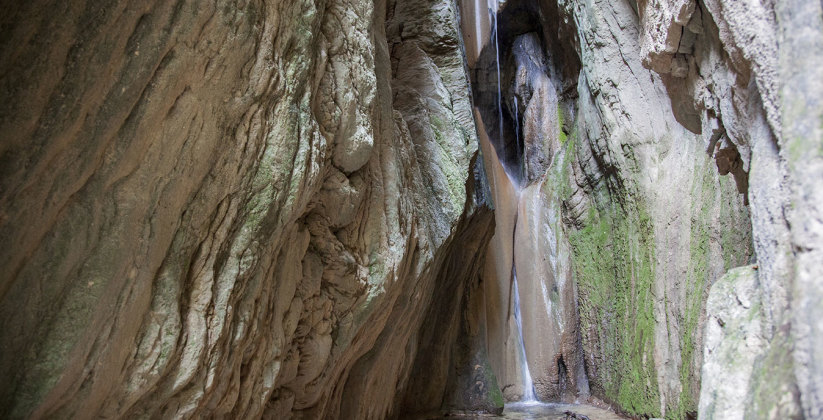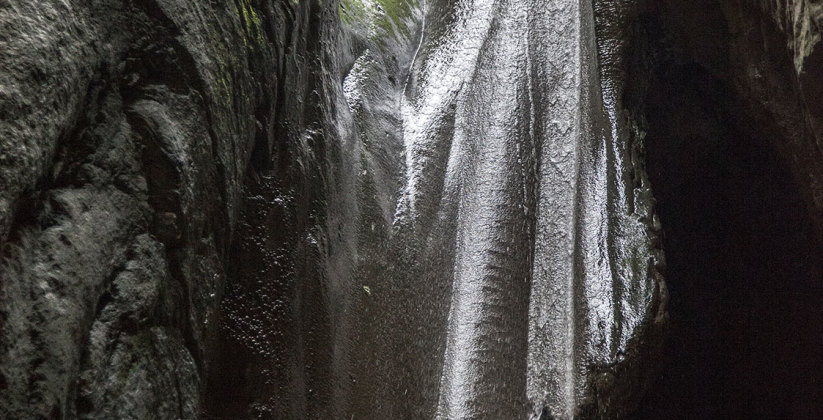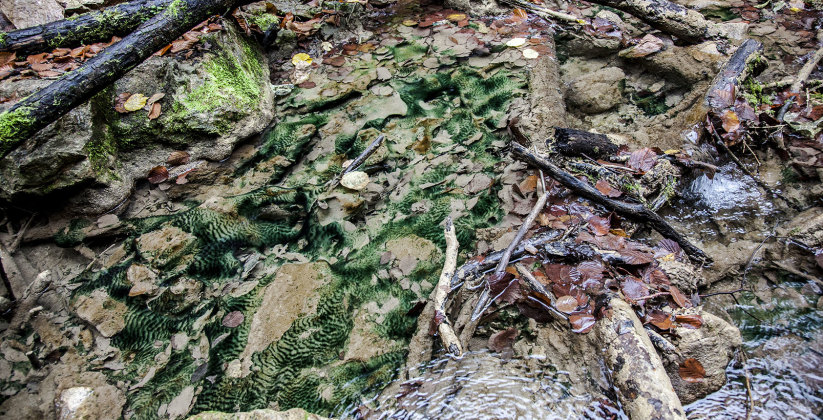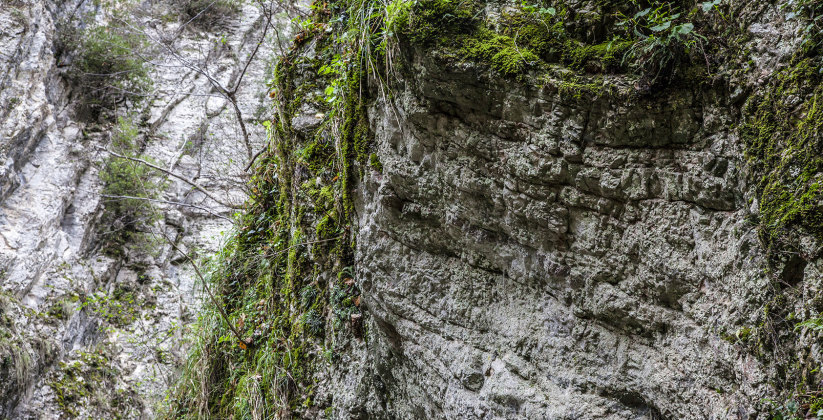Descrizione
Lungo la SS209, a circa 5,2 km da Triponzo, in direzione Visso, poco dopo il paese di Belforte, svoltare per San Lazzaro. Proseguire per circa 700 m sulla strada asfaltata, seguendo le indicazioni per la cascata e per il sentiero benedettino 505 fino ad incontrare uno slargo sufficiente al parcheggio di due auto. Appena prima dello slargo è presente sulla destra un bivio con indicati il sentiero 505 e la cascata. Si guada il corso d’acqua (qui asciutto) che scorre nella piccola valle (detta Valloncello) e lo si risale, circondati da una fitta vegetazione ripariale, per circa 1 km. Il fosso diviene via via più ricco d’acqua e il sentiero spesso coincide con esso. La valle diviene sempre più stretta e con pareti calcaree verticali, finché non si giunge in una gola cieca ed alla cascata, la cui vista è anticipata dal frastuono causato dalla caduta dell’acqua. L’atmosfera è magica e la natura incontaminata. Si raccomanda di utilizzare scarpe impermeabili e con una buona suola. In corrispondenza della gola è consigliato l’uso del caschetto, essendoci un minimo rischio di caduta massi.
Along the SS209, about 5.2 km from Triponzo, toward Visso and just after Belforte village, take a turn toward San Lazzaro. Go straight 700 mt on the unpaved road following the indication for the waterfall and for the Benedictine road 505 until you reach a little widening large enough for two cars. Just before the widening on the right side there is a crossing point with an indication for the 505 road and the waterfall. Cross the river, dry in this point, in the little valley (named Valloncello) and go up for 1 km through the vegetation. As you go ahead the trench becomes full of water and often the path coincides with it, the valley narrows and the flanks become steeper and quite vertical until you reach a blind gorge and the waterfall. The atmosphere is magic and the nature really unspoilt. It’s recommended to use waterproof shoes with non-slip soles and near the gorge it’s better to use a helmet for possible rock fall.
La cascata ha un’altezza di circa 20 metri e si trova in corrispondenza di una gola scavata negli strati calcarei della formazione della Scaglia Rossa. Alla base, la gola è larga circa 3 metri e tende a stringersi in alto quasi fino a chiudersi, lasciando visibile solo una piccola fetta di cielo. Nella parete al di sotto del salto è visibile una piccola cavità, in corrispondenza di rocce più erodibili. Gli strati presentano un’inclinazione elevata (circa 70°), con alcune pieghe minori (mesopieghe), legate alla fase tettonica compressiva che ha generato la catena montuosa appenninica. La cascata si trova poco a monte della confluenza tra il Fosso Acquastrino e il fosso del Valloncello, dove questo cambia bruscamente direzione di scorrimento (da E-O a SE-NO), seguendo la direzione di una faglia diretta. La cascata si sviluppa probabilmente anche per la presenza di rocce più resistenti all’erosione, ad esempio un bancone di calcareniti, nella parte a monte. L’erosione regressiva della cascata, dovuta al sollevamento del rilievo e al conseguente disequilibrio del corso d’acqua, ha invece generato la gola del Valloncello.
L’origine del nome “Lu Cugnuntu” può essere spiegata come distorsione dialettale del termine latino “coniunctio”, ovvero congiunzione, dato che essa si trova in corrispondenza della confluenza tra due fossi. E’ tuttavia possibile anche la derivazione da “coniunctus”, nel gergo medievale “condotto idraulico”. A San Lazzaro è presente un lebbrosario, detto del Valloncello, che secondo la tradizione fu fondato da San Francesco nel 1218, su un terreno donatogli dal signorotto del posto. Per almeno quattro secoli, il lebbrosario accolse malati provenienti da una vasta area, sotto la direzione dei frati Minori e, successivamente, dei monaci dell’abbazia benedettina di S. Eutizio.
The waterfall is 20 meters high and it is located in a gorge dug into the calcareous strata of the Scaglia Rossa Formation. The gorge is 3 meters wide at the bottom and narrows as it goes up coming almost to a closure, only a slice of sky visible. In the wall below the fall there is a little cavity in correspondence of more erodible rocks.
The strata have a high dipping angle (about 70°) with some minor folds (mesofold), related to the compressive tectonic phase that generated the Apennines belt. The waterfall is located slightly after the joining point between the Acquastrino and the Valloncello trench, where the latter rapidly changes its flow direction (from E-W to SE-NW) following a normal fault trend. The waterfall process is probably due also to the presence of rocks highly resistant to the erosion in the upper part, like calcarenite. The regressive erosion of the waterfall, due to the general uplift of the mountain generated the disequilibrium of the river and the erosion of the Valloncello trench.
The origin of the name “Lu Cugnuntu” can be explained as dialectal distortion of the Latin term “coniunctus”, that means connection, probably referred to the position of the fall at the connecting point of the trenches. Another possible explanation is the Medieval derivation from the word “coniunctus” that means hydraulic channel.
At San Lazzaro village there is a leper colony, named after Valloncello that, according to the tradition, was founded by Saint Francis in the 1218, on an acreage donated by a landowner. For at least 4 centuries, the leper colony received sick people coming from a large area, with the Friars Minor Order’s supervision, and consequently under the Benedictine monks of the St. Eutizio abbey.
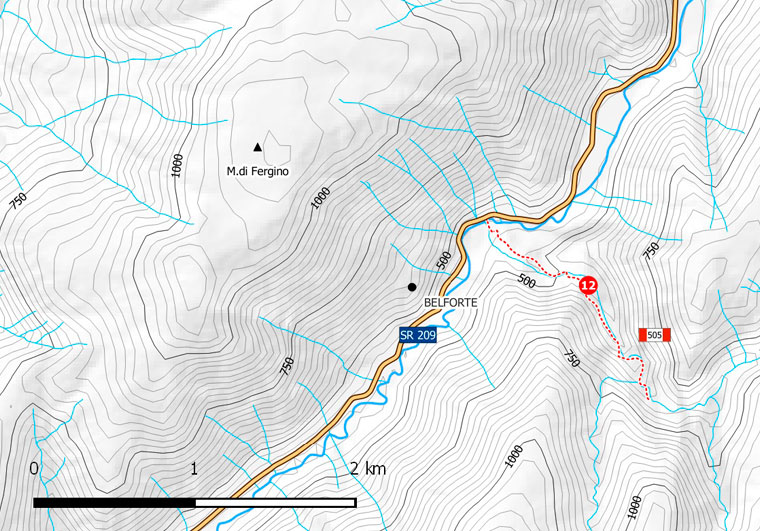
Video
Classificazione
- Area F.Nera
- Tematica Geomorfologia
Localizzazione
- Latitudine42°51’04’’ N
- Longitudine12°59’19’’ E
- Quota Max620
- IGM serie 25324 II
- CTR324120

